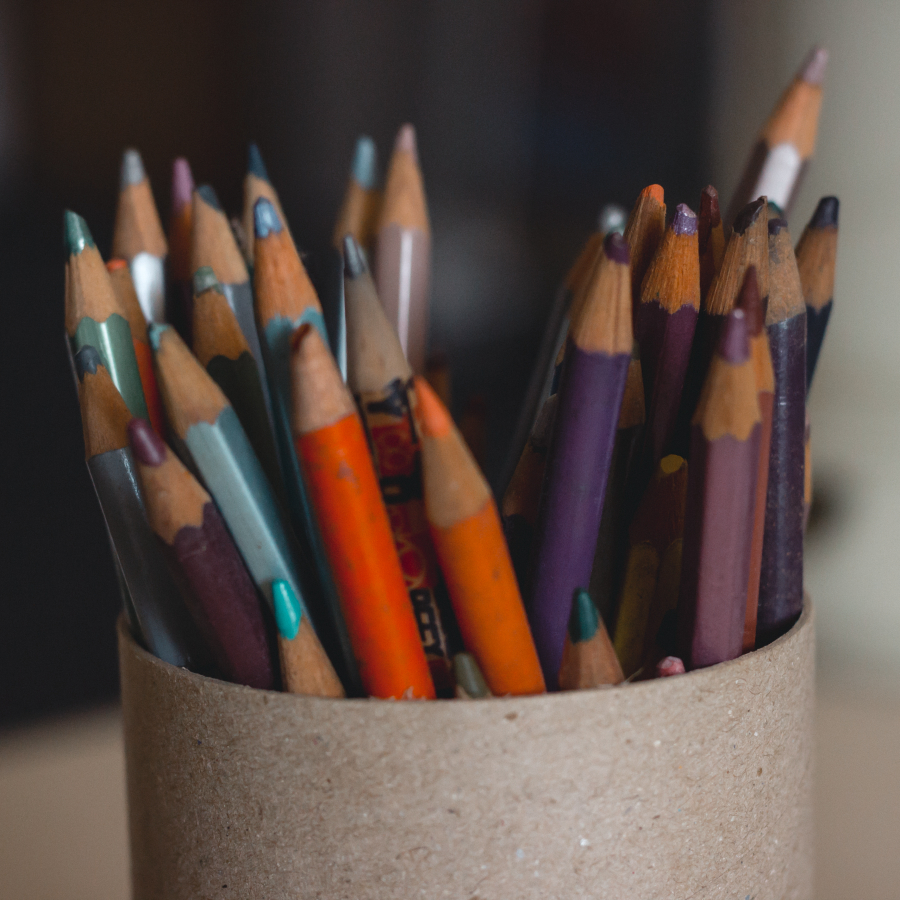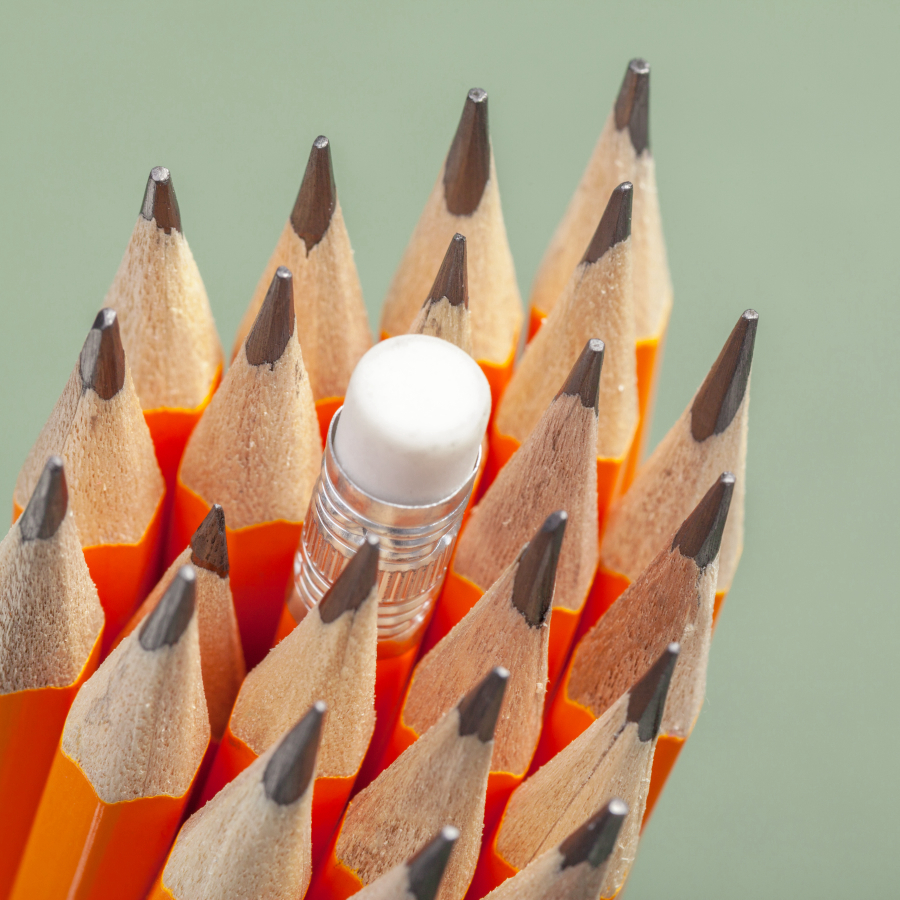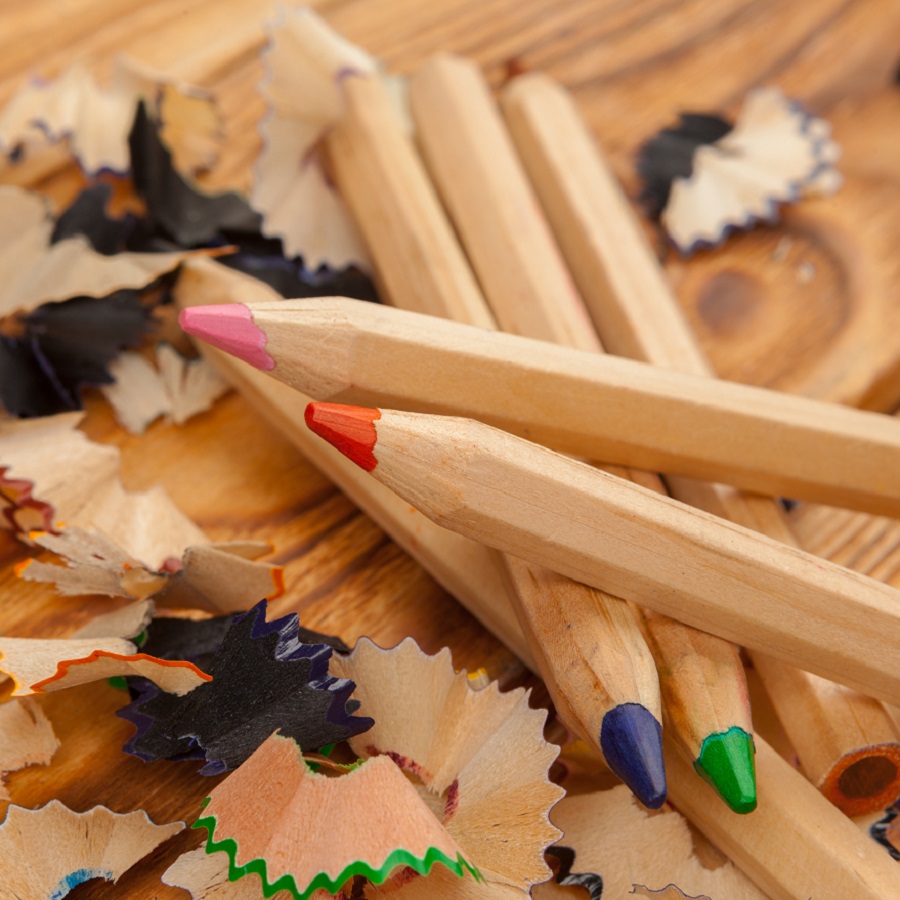Heavy pencil drawing is an art form that captivates many due to its rich textures and dramatic contrasts. Whether you are a budding artist or an experienced illustrator, mastering this technique can significantly enhance your artistic repertoire. In this article, we will explore the allure of heavy pencil drawing, delve into the best materials and tools, discuss effective techniques, and highlight practical applications. Through this journey, we aim to answer common questions and provide actionable advice for artists at all levels.
The Allure of Heavy Pencil Drawing
Heavy pencil drawing, characterized by deep, bold lines and rich shading, has a timeless appeal that continues to thrive in modern art. But why do artists still gravitate towards this technique? The answer lies in its ability to evoke powerful emotions and create striking visual effects. For instance, the dramatic contrasts in a heavy pencil drawing can bring a portrait to life, adding depth and dimension that other mediums struggle to achieve.
One notable example is the work of contemporary artist David Kassan, whose heavy pencil portraits are renowned for their realism and emotional depth. His meticulous attention to shading and contrast transforms simple pencil lines into vivid, lifelike images. This potential to convey such profound artistry is what makes heavy pencil drawing so beloved among artists.
For those looking to explore heavy pencil drawing, starting with the right materials is crucial. Websites like cpencils.com offer a range of high-quality pencils that can make a significant difference in your artwork.
Choosing the Right Materials and Tools
The quality of your materials directly impacts the success of your heavy pencil drawing. Selecting the right pencils and paper can be daunting, but with a few key considerations, you can make informed choices that enhance your work.
First, consider the type of pencil. Heavy pencil drawing typically requires a range of graphite pencils, from H (hard) grades for light, precise lines to B (soft) grades for deep, rich shading. Brands like Faber-Castell and Staedtler offer excellent options. For artists seeking custom-made pencils, durzerd.com is an excellent resource for bulk orders tailored to your specific needs.
Next, think about your paper. Heavy pencil drawing benefits from paper with a slight texture, known as “tooth,” which allows the graphite to adhere better and enhances the overall texture of the drawing. Papers like Strathmore Bristol or Canson Mi-Teintes are popular choices among artists.
For a detailed guide on selecting drawing materials, check out this useful article by Artists Network, which provides insights into various types of pencils and papers suitable for heavy pencil drawing.
Techniques and Tips for Effective Heavy Pencil Drawing
Mastering heavy pencil drawing requires more than just the right materials; it also involves learning effective techniques. Here are some key tips to help you improve your heavy pencil drawings:

-
Layering and Blending: Start with light layers and gradually build up the intensity. This technique allows you to control the depth and texture of your drawing. Blending tools, such as tortillons or blending stumps, can help smooth transitions and create a more polished look.

-
Shading and Contrast: Heavy pencil drawing relies on strong contrasts. Practice varying your pressure to achieve different shades of gray. Combining light and dark areas can create a more dynamic and interesting composition.

-
Texture and Detail: Pay attention to the textures you want to replicate. Whether it’s the roughness of an old tree bark or the smoothness of a human skin, capturing these details can significantly enhance the realism of your drawing.
-
Practice and Patience: Like any art form, heavy pencil drawing requires practice. Set aside regular time to draw and experiment with different techniques.
For a deeper dive into these techniques, consider reading this tutorial from Pencils.com, which offers step-by-step instructions and visual examples.
Practical Applications and Real-World Examples
Heavy pencil drawing is not limited to traditional fine art; it finds applications in various fields such as illustration, design, and even tattoo art. Understanding how to apply these techniques in different contexts can open up new creative possibilities.
For instance, in the field of illustration, heavy pencil drawing can be used to create compelling book covers, graphic novels, and editorial illustrations. The bold lines and rich textures can make characters and scenes more engaging and memorable.
In tattoo design, heavy pencil drawing techniques are often used to sketch out detailed and intricate designs. The ability to capture fine details and strong contrasts is crucial for creating tattoos that stand out.
To see heavy pencil drawing in action, check out the work of artist Paul Cadden, who is known for his hyper-realistic pencil drawings. His attention to detail and mastery of shading techniques demonstrate the incredible potential of heavy pencil drawing. More of his work can be found on his official website.
In conclusion, mastering the art of heavy pencil drawing involves understanding its allure, choosing the right materials, learning effective techniques, and exploring its practical applications. By following these guidelines, you can elevate your artistry and create drawings that resonate with viewers. Remember to continuously practice and experiment, as this will help you develop your unique style and improve your skills over time.



